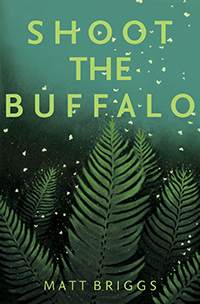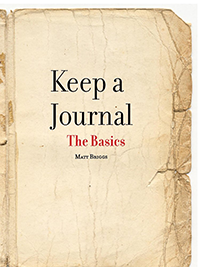Books
Shoot the Buffalo
Matt Briggs.
Clear Cut Press / Dzanc Books.
December 31, 2005 / April 1, 2025 (ebook reprint)
Winner of the American Book Award 2006
The summer Aldous Bohm turns nine, his parents move to the woods near Snoqualmie, Washington, “to reinvent the American family.” The Bohm’s are working class hippies in post-Vietnam America. Their makeshift pastoral takes shape in a haze of pot smoke and good intentions and ultimately births a vortex of personal insecurity and romanticism taking the family deeper into the woods to destroy them. Aldous oversees these tragedies, recalled a decade later, after he has left Snoqualmie to join the military in the buildup to the first Gulf War. Sweeping in scope yet unerringly precise in its detail, Shoot the Buffalo conjoins the dead end narrative of American masculinity with its stubborn twin – the Romantic ideal of nature – to suggest an ambivalent way forward, a path out of these woods.
Not since Ken Kesey has a long-form literary work subjected the utopian outsider traditions of the North American west coast to such an intimate and clear-eyed scrutiny.
Keep a Journal: The Basics
Matt Briggs.
Final State Press.
September 19, 2013
A journal is as essential a tool to someone who thinks (as an activity) as a sketchbook is to the painter. We tend not to think of thinking as an activity anymore than we think of breathing as an activity, and yet, thinking and writing and keeping a journal are linked. I often don’t know what I think about something until I’ve written it down, and I often don’t know what I am going to write until I’ve written it. And I do this thinking, writing, and reading what I think in a journal.
A journal is different from a diary, although in paging through an old journal you may discover the story of the journal keeper. Unlike a diary which is a chronicle or log of a person’s life, a journal is the private space of the keeper to work out their thoughts, ideas, fears, and dreams in a visible form. The process of keeping a journal clarifies your thought by exposing it in a way where you can examine it with a degree of dispassion. When it remains inarticulate, it remains transitory and prone to evaporation. Keeping a journal has many practical applications from helping you to recover from trauma, tracking your progress in weight loss, guiding you through lifting weights, improving your memory, helping you learn to write with more grace, to helping you grow your creative skills.
This booklet introduces the fundamental process of keeping a journal.

